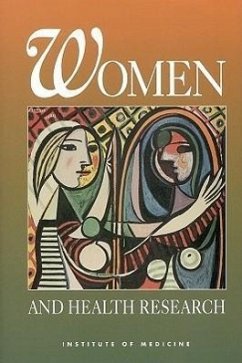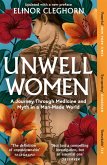Recent headlines have alerted the public that women suffer from many of the same diseases that strike men (e.g., cardiovascular disease). But research subjects in many clinical studies may be disproportionately composed of men, possibly yielding appropriate treatments for that group only. Is this fair? Is this just? At first, the goal of equal representation in health research seems obviously laudable and relatively easy to reach. But adding more female subjects to research raises questions about science, legal liability, and governmental policies - and recalls the forces that may have led to women's exclusion. Protection of human research subjects began in 1949 in response to the horrible human experiments performed by the Nazis. Efforts to protect research subjects continued in the 1950s and 1960s in response to revelations of abuse - such as the Tuskegee Syphilis Study, in which African American men with the disease were allowed to remain untreated although effective antibiotic therapies were widely available. Indeed, reports of research that was unethical or at least questionable continue to surface today. Injuries caused by thalidomide and DES (diethylstilbestrol) resulted in new restrictions in the mid-1970s on the involvement of pregnant women and women of childbearing age in research. In the 1980s, however, women's desire to take greater control over their own health joined another rising tide in society: AIDS activists calling for greater access to experimental therapies. These two forces were instrumental in shifting the focus away from protection of research subjects toward wider access to the benefits of health research. In fact, measures enacted as protection were now seenas paternalistic. The 1993 National Institutes of Health Revitalization Act is a result of this movement, and it includes a particularly controversial requirement: Each NIH-funded study must include representative samples of subpopulations, particularly women and members of
Hinweis: Dieser Artikel kann nur an eine deutsche Lieferadresse ausgeliefert werden.
Hinweis: Dieser Artikel kann nur an eine deutsche Lieferadresse ausgeliefert werden.








